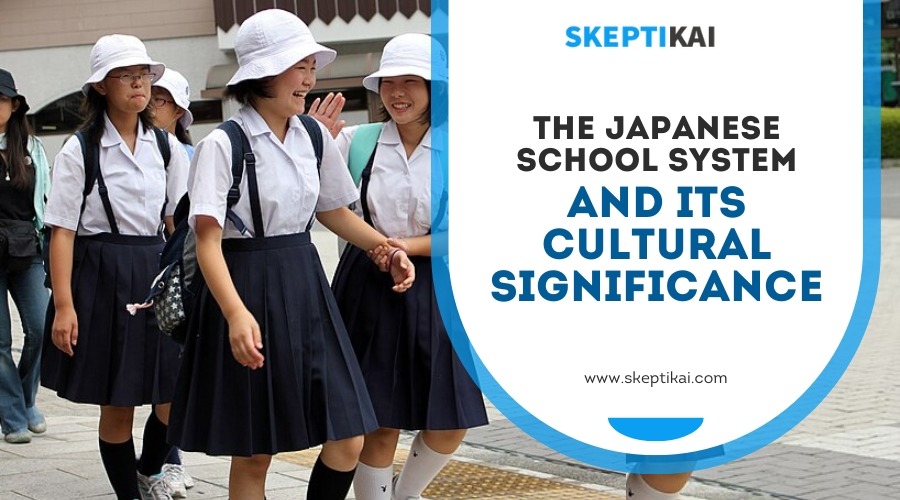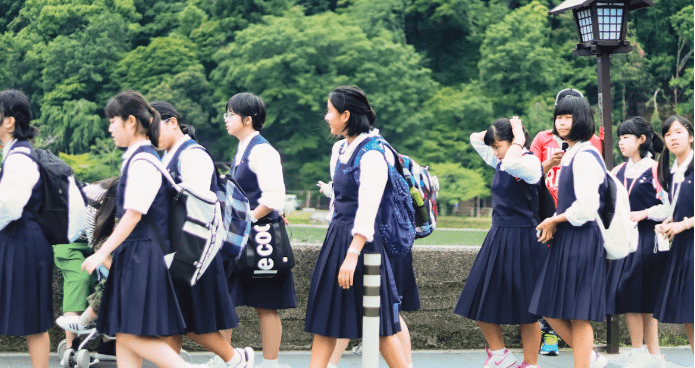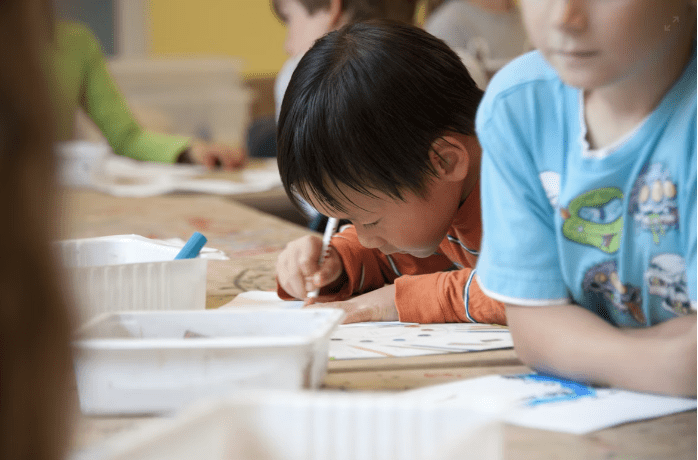Imagine you’re stepping into a meticulously organized Japanese classroom, a microcosm where each element reflects a broader cultural ethos. You’ll find that the Japanese school system isn’t just about imparting knowledge; it’s a crucible for molding character, ethics, and a sense of community.
With a staggering 99.9% literacy rate and a unique blend of traditional and innovative educational practices, this system offers insights into how a society values and cultivates its future generations. As you explore further, you’ll uncover how deeply these educational practices are intertwined with Japan’s cultural fabric, shaping individuals who are not only academically proficient but also socially responsible.
Why does this matter, and how does it contribute to the broader societal landscape?
Historical Foundations
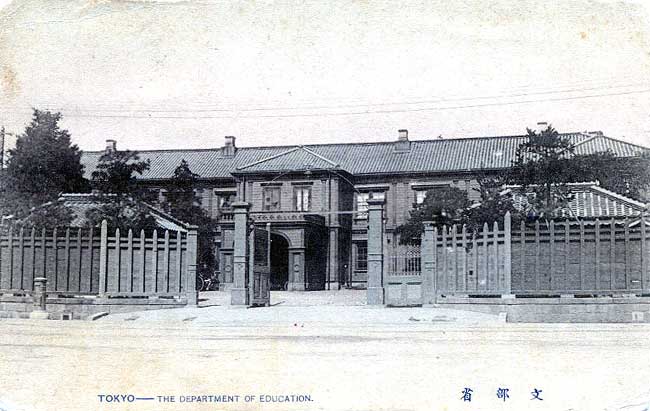
The historical foundations of the Japanese school system date back to the Meiji period, when Japan first embraced modern education practices. During this transformative time, you’d find the Japanese government establishing a centralized education system, heavily influenced by Western models. This move wasn’t just about adopting new teaching methods; it was a strategic step towards the nation’s modernization and industrialization. By centralizing education, Japan aimed to create a unified approach to schooling across the country, ensuring that all students, regardless of where they lived, received the same quality of education.
As you delve deeper into this era, you’ll notice the expansion of compulsory education in the early 20th century, a pivotal moment aimed at fostering a strong national identity and loyalty among the Japanese people. This period marked a significant shift in how education was perceived in Japan. It wasn’t merely about learning reading, writing, and arithmetic; it was about molding students into citizens who shared a common set of values and a sense of belonging to the nation. The blend of traditional values with modern educational practices during the Meiji era laid the groundwork for a school system that played a crucial role in Japan’s journey towards becoming a modern, industrialized society.
Core Values and Principles
At the heart of Japan’s educational framework lie core values such as respect for authority and a relentless work ethic, which are instilled in students from an early age. You’re also taught the importance of dedication to academics, embodying the principle that learning isn’t just about personal achievement but about contributing to society’s greater good.
In Japanese schools, principles like discipline, cleanliness, and cooperation aren’t just expectations; they’re the foundation of a conducive learning environment. You learn that maintaining order and harmony in your surroundings reflects self-respect and respect for others. Character building and ethical development are prioritized, ensuring that you’re not just academically proficient but also morally grounded.
The holistic education approach means that your learning isn’t compartmentalized. Instead, it integrates traditional values like harmony, humility, and perseverance, shaping you into a well-rounded individual. This emphasis on moral education, social responsibility, and community values mirrors the broader cultural ideals of Japanese society, highlighting the significance of education not just for individual growth but for the collective well-being. Through this educational journey, you’re not only prepared for academic success but also for a life that values community, respect, and continuous improvement.
School Structure and Levels
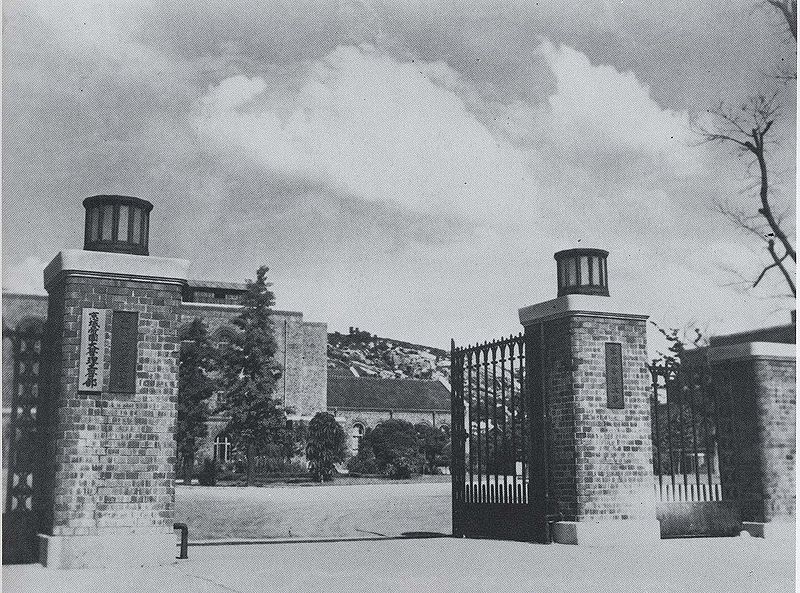
Understanding the structure and levels of the Japanese school system is crucial to appreciating its role in reinforcing the core values discussed earlier. You’ll find that compulsory education in Japan, which takes you up to the age of 15, covers both elementary and junior high school. Nearly all students continue their education in senior high school, with a significant number opting for further education at universities or specialized institutes.
Here’s a quick overview to make things clearer:
| Level | Description | Key Points |
|---|---|---|
| Elementary School | Ages 6-12 | Foundation of compulsory education |
| Junior High School | Ages 12-15 | Compulsory education concludes |
| Senior High School | Ages 15-18 | Entrance exams are critical |
| University/Vocational | Post-18 | Academic and vocational paths |
| Specialized Institutes | Varied | Broadens academic paths |
In this system, the pressure of entrance exams starts early, shaping students’ futures and urging them to prepare rigorously. However, there’s a shift towards valuing skills and experiences alongside exam scores, broadening the assessment criteria. This approach not only prepares you for academic challenges but also equips you with practical skills through vocational schools and specialized institutes.
Daily Routines and Traditions
Exploring daily routines and traditions, you’ll notice how Japanese high school students navigate their educational journey with discipline and commitment. Starting their day as early as 6:30 a.m., they demonstrate incredible dedication, influenced by the competitive nature of school entrance exams. Upon arrival at school, a unique aspect of their routine includes changing into school slippers, a tradition fostering a sense of order and respect for the learning environment.
- Morning Commute: Walking, biking, or taking public transport, students show independence and responsibility.
- School Slippers: Upon entering, they switch footwear, symbolizing a transition into a space of learning and discipline.
- Daily Assemblies: These gatherings reinforce community spirit, discipline, and the importance of order.
- Classroom Tasks: Managing tasks on a rotating schedule teaches students responsibility and teamwork.
- Club Activities: An essential part of their day, fostering socialization, skill development, and a sense of belonging.
Beyond academics, club activities play a significant role in shaping students’ social and extracurricular lives, though not the focus here. These routines and traditions are integral, reflecting the system’s emphasis on discipline, order, and a comprehensive educational experience.
Extracurricular Impact
Beyond the rigorous academic schedule, Japanese high schools place a strong emphasis on extracurricular activities as a pivotal aspect of student development. You’ll find that these activities aren’t just for fun; they’re a critical part of shaping a well-rounded education and encouraging personal growth. In Japan, joining club activities is more than a pastime; it’s a journey toward enhancing your social skills, teamwork, and leadership abilities.
| Benefits | Skills Developed |
|---|---|
| Social Skills & Teamwork | Through sports and cultural clubs, you’ll learn to work effectively with others, building friendships that often last a lifetime. |
| Leadership & Personal Growth | Club activities offer you the chance to take on leadership roles, fostering a sense of responsibility and self-confidence. |
| Discipline & Work Ethic | The commitment required in these activities teaches you time management, discipline, and a strong work ethic, preparing you for future challenges. |
Extracurricular activities in Japanese high schools are not just an escape from academics; they’re an integral part of learning. By participating, you’re not only exploring your interests but also contributing to a community, showcasing your talents, and preparing yourself for success beyond school walls.
Examination Culture
While extracurricular activities offer a holistic approach to education, it’s the examination culture that shapes the academic and professional futures of Japanese students. The essence of this culture is deeply rooted in the importance of entrance exams, which are pivotal in determining both high school and university admissions. These exams not only dictate students’ academic paths but also their future job prospects, making them a central part of the Japanese education system.
Consider the following to visualize the examination culture in Japan:
- Students across Japan partake in standardized exams in subjects like Japanese, math, science, social studies, and English.
- Private high schools have their unique entrance tests, while public schools follow standardized exams per prefecture.
- Cram schools and practice tests are instrumental in helping students prepare for these crucial exams.
- The college placement records of schools influence students’ decisions on which exams to take for their desired academic institutions.
- The yobiko system offers intensive preparation for university admissions, highlighting the competitive nature of examination culture.
This culture emphasizes the significance of academic achievement and the lengths to which students go to secure their educational and professional futures.
Community and Family Role
In the Japanese educational landscape, the roles of community and family are integral, ensuring students receive extensive support both in and out of school. Family involvement isn’t just encouraged; it’s a cornerstone of the system. Parents actively support and reinforce school rules at home, showcasing a unified front between educational institutions and familial environments. This parental support is more than just attending meetings; it’s about being deeply involved in school activities and events, highlighting the high priority that Japanese families place on education.
Community collaboration further enriches the educational experience. Local organizations frequently work alongside schools to provide students with additional learning opportunities, blending academic pursuits with real-world applications. These partnerships are a testament to the value placed on community support in fostering a conducive learning environment.
Moreover, community events and festivals often see schools playing a central role, weaving a fabric of unity and camaraderie not just among students, but also between families and neighbors. This interconnectedness promotes social connections that are vital for academic success, illustrating the holistic approach Japan takes towards education. Through this synergy of family involvement and community collaboration, students are enveloped in a supportive network that champions their growth and development.
Global Influence and Adaptations
The Japanese school system hasn’t only transformed education within its borders but also inspired changes across the globe, with countries from South Korea to Singapore adapting its methodologies. This global influence showcases the widespread admiration for Japan’s educational practices, emphasizing academic rigor, respect for teachers, and high academic achievements. Through cultural exchange, these adaptations have become a testament to the effectiveness of Japanese educational standards.
- South Korea and Taiwan have adopted similar structures, emphasizing discipline and academic rigor.
- China and Singapore showcase cultural exchange by integrating Japanese educational practices.
- International schools worldwide often incorporate aspects of the Japanese system, enhancing their educational standards.
The emphasis on respect for teachers and peers in Japanese schools is now a valuable cultural practice in various educational settings. The global recognition of Japan’s academic achievements sparks interest in replicating its success.
You’re witnessing a world where the Japanese school system’s influence extends beyond its borders, inspiring adaptations that reflect a commitment to excellence in education.
Conclusion
In conclusion, you’ve seen how the Japanese school system, deeply rooted in history, shapes students into well-rounded individuals. It’s not just about academics; it’s a holistic approach that values ethics, creativity, and community.
From the unique daily routines to the rigorous exam culture, every aspect has a purpose, fostering a sense of responsibility and belonging. This system’s global influence is undeniable, inspiring educational reforms worldwide. It’s a testament to the power of integrating cultural values into education.
